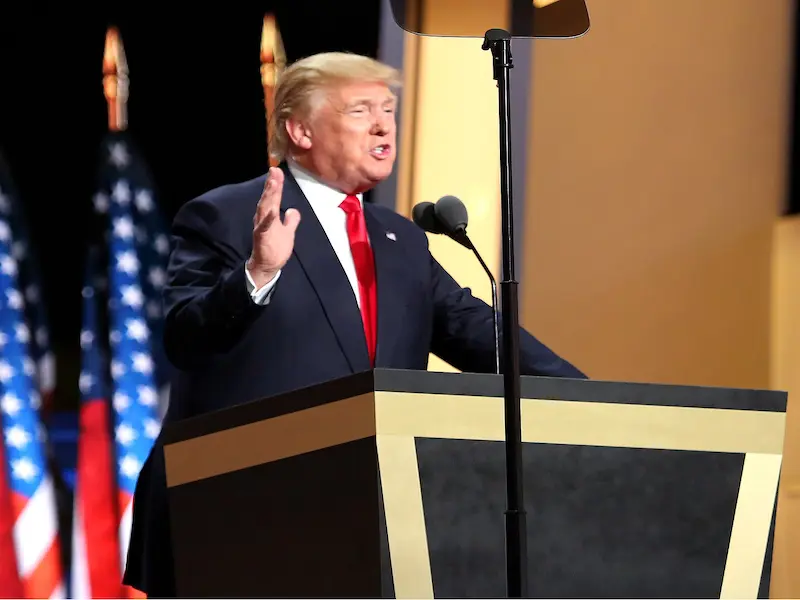- A gunman fired at Trump during a rally, leading to a flood of conspiracy theories on X (formerly Twitter).
- Elon Musk and politicians fueled conspiracies, with Musk endorsing Trump and suggesting the incident was facilitated.
OUR TAKE
The shooting at Trump’s rally highlights the powerful role of social media in spreading misinformation. X’s algorithms shows the need for better content moderation and real-time fact-checking to ensure credible sources are prioritised and misinformation is swiftly addressed.
–Jennifer Yu, BTW reporter
What happened
A shooting occurred at a Donald Trump campaign rally in Pennsylvania, where a 20-year-old gunman fired shots at the former president. The incident took place on Saturday, and almost immediately after the shooting, social media platforms, particularly X, were inundated with a flood of conspiracy theories and misinformation.
Elon Musk, the owner of X, who has been vocal about his conservative views and advocacy for “free speech,” also endorsed Trump following the shooting. He suggested that the incident might have been deliberately facilitated, contributing to the conspiracy theories circulating on the platform.
Prominent figures and elected officials quickly weighed in, spreading various theories. Representative Greg Steube of Florida claimed, “They tried to jail him and now they’ve tried to kill him.”
Similarly, Representative Mike Collins of Georgia referenced a recent statement by Biden, suggesting, “Joe Biden sent the orders.” These posts gained significant traction, with Collins’ post alone viewed 5.7 million times according to the platform’s metrics.
The confusion and misinformation on X were exacerbated by the platform’s promotion of hashtags like “#falseflag” and “staged,” which trended shortly after the news broke.
Also read: Elon Musk backs Donald Trump following rally shooting
Also read: Trump pitches himself as ‘Crypto President’ at tech fundraiser
Why it’s important
The incident highlights the pervasive influence of social media in shaping public perception and the rapid spread of misinformation. The speed at which conspiracy theories proliferated on X demonstrated how algorithms designed to promote engagement can inadvertently amplify false narratives.
Hashtags like “#falseflag” and “staged” quickly trended, showing how the platform’s algorithms prioritise trending topics, regardless of their veracity. This can lead to misinformation being legitimised and reaching a broader audience, making it challenging for users to discern fact from fiction.
Additionally, the incident reveals the challenges and potential pitfalls of real-time information dissemination on social media. As breaking news events unfold, the rapid influx of information both accurate and false can overwhelm users.
Social media platforms must develop better strategies to manage this information flow, ensuring that credible sources are prioritised and that misinformation is swiftly addressed.
The shooting incident showcased the critical need for real-time fact-checking and more sophisticated algorithms that can distinguish between credible news and baseless speculation.

